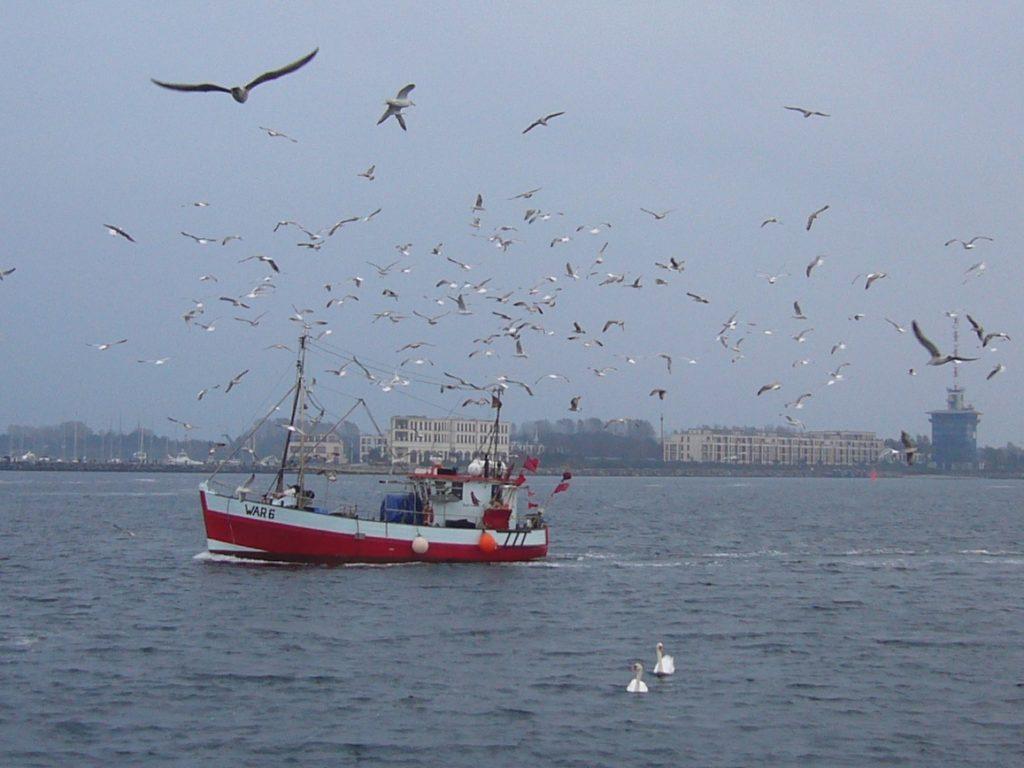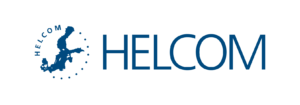BALTFIMPA
MANAGING FISHERIES IN BALTIC MARINE PROTECTED AREAS (BALTFIMPA): INCEPTION PHASE (2012-2013)
Flagship project under EUSBSR PA BIO

How Can Fisheries Contribute to Protecting Better the Baltic Sea?
Well-functioning marine ecosystems and their biodiversity are vitally important for human well-being – they provide the wide range of ecosystem services on which we depend. The impact of fishing on marine ecosystems not only concerns the commercially important fish stocks sustaining commercial fisheries per se, but can also affect the benthic invertebrate and fish communities, marine mammals, seabirds and the seafloor. Different types of fishing gear have different types of impacts on the marine ecosystems and their ecological services. Marine Protected Areas can be effective tools to ensure the protection of marine ecosystems and the sustainable use of their natural resources.
What is BALTFIMPA?
The main objective of the BALTFIMPA project is to assist, on a regional level, the HELCOM Contracting States to comply with their obligations to fulfill conservation objectives of marine protected areas in the Baltic Sea. BALTFIMPA shall thus analyze possible conflicts between fisheries and conservation objectives in MPAs (including Baltic Sea Protected Areas and areas of NATURA 2000), taking into account the protected species, and it will identify fisheries management measures accordingly.
This will be accomplished by studying the impact of fisheries and then finding new solutions to mitigate it. Solutions can range from improved management of fisheries regulations to development of new types of fishing gear that are more sustainable for the environment. These solutions need then to be promoted and disseminated to all relevant stakeholders.
The central question guiding the project is “how can fisheries management contribute to achieving conservation objectives of marine protected areas?”
Why BALTFIMPA is needed?
The
Baltic Sea boasts a solid network of marine protected areas that covers
12% of The Baltic Sea; however, within these areas fishing activities
are only marginally regulated.
BALTFIMPA stems from the Baltic Sea
Action Plan and the 2010 HELCOM Moscow Ministerial Meeting where it was
decided “to further assess the environmentally negative impacts of
fishing activities including unsustainable fishing practices with the
aim as a first step to consider the exclusion of the use of certain
techniques in marine protected areas to achieve their conservation
objectives”. The project also finds support in the EU Birds and Habitats
Directives, including the development of a methodology on the impacts
of fisheries in NATURA 2000 areas, the EU Biodiversity Strategy to 2020,
and the CBD COP 10 decisions.
The geographical scope of the project is the Baltic Sea as defined in the Helsinki Convention. The project includes an initial phase (inception phase) to develop a matrix on potential impacts of fisheries on Baltic species and habitats and prepare for carrying out a larger scale project, where the outcomes of the above matrix will be tested in case studies on three to five chosen Baltic Marine Protected Areas. The inception phase of the project was part of, and financed by, the Germany led EU Strategy for the Baltic Sea Region Priority Area 2 (to preserve natural zones and biodiversity, including fisheries).
How does it work?
BALTFIMPA activities can be divided into separate Working Packages:
WP1 – Inception Phase (2012 – 2013)
The
Inception Phase, funded by the European Union, is currently completed.
Its main objective was to implement the generic tool for fisheries
management but also to plan the following work packages.
At the same
time, the Inception Phase further detailed the project and attempted
to secure its financial support by applying for additional funding. This
action was supported by a Finnish ministerial grant.
WP 2 – Generic Tool Implementation (pending funding)
During
this phase the generic managing tool initiated in the Inception Phase
will be implemented on a larger and more detailed scale. The impact of
fishing gear on habitats and species will be evaluated at a detailed
spatial scale, using a best-knowledge based approach. Moreover,
sustainability of each fishing gear will be evaluated and alternatives,
if available, proposed to support managing decisions.
WP3 – MPA case assessment (pending funding)
Selected partners will carry out detailed assessment of fishing activities, and their impacts, within selected MPAs of the Baltic Sea. In this phase also innovative solutions can be found to cooperate with stakeholders or to develop new, more sustainable, fishing gear.
WP4 – Fisheries management (pending funding)
Based on the results of the previous Working Packages MPA management will initiate a new implementation process, assessing effects of potential measures. New management plans recommendations will then be drafted based on this process.
WP5 – Dissemination of recommendations and work experience (pending funding)
In
this package all the results and tools produced during BALTFIMPA will
be disseminated through the media and workshops to increase public
awareness and address stakeholders’ behavior.
Among others, the
documentation and project results will be made available through ICES,
HELCOM and EU/EUSBSR PA BIO websites and processes.
Contact
Project Researcher (BALTFIMPA)
Mr. Marco Milardi
Phone: +358 40 557 5631
Fax: +358 (0)207 412 645
Skype name: helcom51

